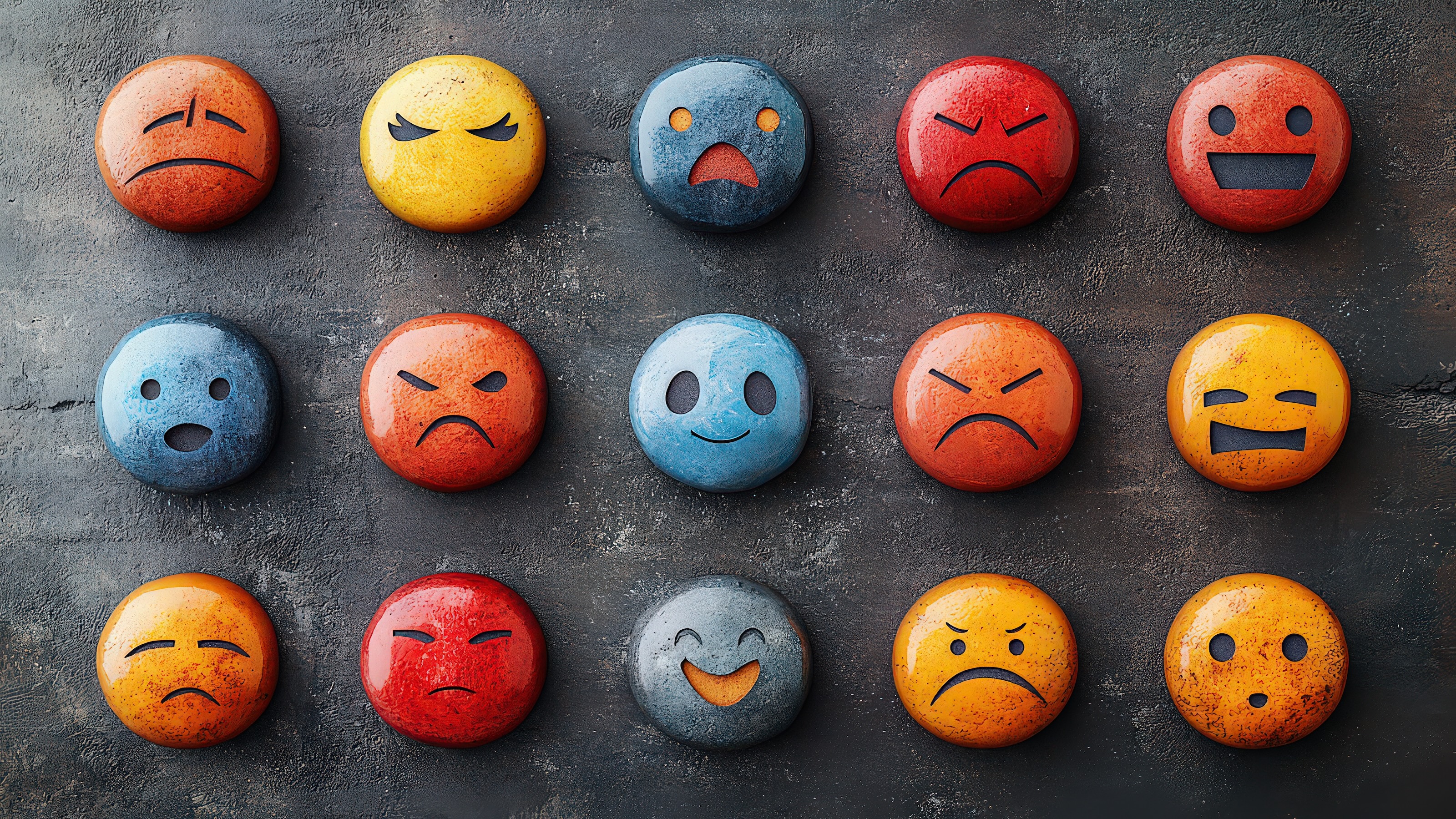Who Will Be the Next Great Caricature (and Caricaturist)?

Now that the silly season of American politics revs up for another presidential election, it’s a fair question to ask who will be the next great caricature? Nixon cast his jowly 5 o’clock shadow, Carterbared his giant teeth, and Reagan’s pompadour soared, but what will be the next indelible image of exaggeration to serve as shorthand for those aspiring to power? One way of looking forward is to look back, specifically at the exhibition Infinite Jest: Caricature and Satire from Leonardo to Levine, which runs at the Metropolitan Museum of Art through March 4, 2012. Reaching back all the way to the Renaissance, Infinite Jest suggests that poking fun to make a serious point has gone on for a long time for many different reasons. As the exhibition shows, even great artists you’d never suspect of caricature tried their hand at such gibes, making you wonder which great artist today will be the great caricaturist of tomorrow.
“Once artists began to realize that they were actually assembling systems of visual clues,” write curators Constance C. McPhee and Nadine M. Orenstein in the show’s catalog, “they saw that select components could be distorted without obscuring the identity of the subject.” Or, put more plainly, once Renaissance artists steeped in the trickery of perspective to add three-dimensionality to their art came to view all art as a code, they created a new code of exaggerated features that gave a new perspective on the individual while still keeping that individual recognizable. “Not surprisingly,” McPhee and Orenstein add, “those who first understood the process were among the most sophisticated artists of their day,” including Leonardo da Vinci. Leonardo’s represented by a single “grotesque head” drawing, but he remains one of the bookends of the six-century span of the show to illustrate the serious start to all this funny business. da Vinci most likely drew his grotesquery as part of his study of real human physiognomy, but emphasized the deformities of age as a contrast to the perfection of youth—a da Vinci code cracked (and shared) by many artists since.
Thanks to the Met’s own immense print collection, the whole gaggle of great caricaturists appear: from the British greats James Gillray, Thomas Rowlandson, and George Cruickshank to the French master Honoré Daumier to Americans such as Thomas Nast and Henry Louis Stephens to modern artists such as Al Hirschfeld and David Levine. What puts this show over the top, however, is the unlikely caricaturists in the lineup. Following in da Vinci’s footsteps, name artists such as Pieter Bruegel the Elder, Eugène Delacroix, Francisco de Goya, Claude Monet, Henri de Toulouse-Lautrec, and others dabbled in caricature. “[I]t is likely that many more works by well-known artists remain unattributed,” the curators suggest, making you wonder which, if any, of the many anonymous works in the exhibition have a famous name hidden in its past. Seeing the young Monet mock famous Frenchmen in his teens reveals a whole new side of the arch Impressionist.
One reason why the great artists got in on the fun is because caricature was once the comedic coin of the realm. A section in the exhibition of caricatures of the caricature trade itself shows throngs of people standing outside print shops waiting for the latest picture of power with its pants down. In a video on the exhibition website, the curators compare caricature in these times to The Daily Show or Saturday Night Live of today—the must-see visual that everyone will be talking about. Just as Jon Stewart can set people laughing and then thinking about politics now, these artists turned laughter into social action, or at least social awareness, of everything from political corruption to the absurdities of the latest fashions.
Looking and deciphering these caricatures isn’t always easy. References to Shakespeare, the Bible, obscure French puns, and now-forgotten political squabbles will send you scurrying to the lifeline of the exhibition’s helpful notes. “The absurd contrasts, overblown forms, and nonsensical situations inherent in these approaches hold a primal appeal that allows us to recognize the humor of a caricature even if we are ignorant of the specifics of its subject matter,” the curators write with great hope in the catalog. A fat joke’s a fat joke in whatever century, of course. Seeing a 19th-century French king depicted as a pear, however, bears little comedic fruit today.
Is the caricature of the past doomed to be a curiosity? “Recently,” McPhee and Orenstein believe, “the rich political role that printed caricatures and satires have played in the past has been largely assumed by cartoons, a lighter and more ephemeral form.” It seems ironic that champions of caricature against charges of unbearable lightness of being commit the same crimes against political cartooning. Paul Conrad, Herblock, and Pat Oliphant spring to mind as just three political cartoonists dealing in caricature and satire in the same tradition found in Infinite Jest. In contrast to the caricature heyday of the nineteenth century, the twentieth century seems empty in this exhibition. Al Hirschfeld and David Levine’s gentle embellishments of celebrities seem a sad coda to the bite of the earlier chapters. Putting Levine as the opposite bookend of the exhibition title to Leonardo nearly suggests that he took caricature to the grave with him in 2009.
The very last image of the exhibition catalog almost reinforces that funereal feel. Enrique Chagoya’s The Head Ache (shown above) borrows almost entirely from George Cruickshank’s 19th century print of the same name, but digitally inserts the head of Barack Obama in the role of the man beset by demons pounding on his brain. Obama’s modern headache ironically came in the form of the 2010 battle over health care in America. The self-referential nature of Chagoya’s work pays homage to Cruickshank and the caricaturists of the past, of course, but it also looks like a dead end, or perhaps an endless looping back of an art form that has exhausted every joke and needs to repeat them—infinitely.
Skinny Obamas and Carter-esque Barack smiles will soon be joined by a reptilian Newt Gingrich or absurdly coiffed Mitt Romney as the 2012 presidential race heats up. What effect those caricatures will have remains to be seen. Today, most people think of Napoleon as a short man with corresponding insecurities that drove him to conquest. In reality, Bonaparte stood 5 foot 7 inches tall, average height for the time. It was the British caricaturists of the age that cut Napoleon down in size before he ever met his Waterloo. If Infinite Jest: Caricature and Satire from Leonardo to Levine accomplishes nothing else, it will remind us of the power of pictures to make us see things that aren’t there by making them impossible to miss.
[Image:Enrique Chagoya (American, born in Mexico, 1953) after George Cruickshank (British, 1792-1878). The Head Ache, 2010. Etching with digitally printed color on gampi paper chine collé, sheet: 15 x 21 in. (38.1 x 53.3 cm). The Metropolitan Museum of Art, Stewart S. MacDermott Fund, 2010 (2010.285)]
[Many thanks to the Metropolitan Museum of Art for providing me with the image above from and to Yale University Press for providing me with the catalog to Infinite Jest: Caricature and Satire from Leonardo to Levine, which runs through March 4, 2012.]





